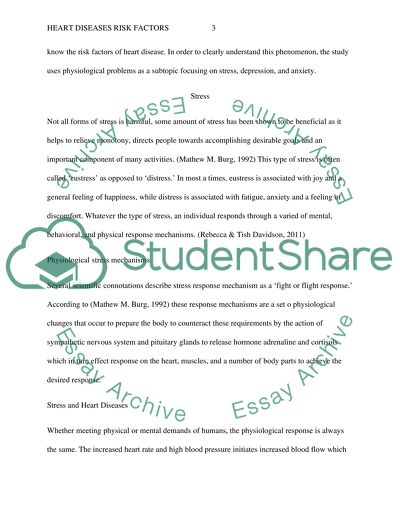Cite this document
(“Heart diseases risk factors Research Paper Example | Topics and Well Written Essays - 2250 words”, n.d.)
Retrieved from https://studentshare.org/health-sciences-medicine/1446513-heart-disease
Retrieved from https://studentshare.org/health-sciences-medicine/1446513-heart-disease
(Heart Diseases Risk Factors Research Paper Example | Topics and Well Written Essays - 2250 Words)
https://studentshare.org/health-sciences-medicine/1446513-heart-disease.
https://studentshare.org/health-sciences-medicine/1446513-heart-disease.
“Heart Diseases Risk Factors Research Paper Example | Topics and Well Written Essays - 2250 Words”, n.d. https://studentshare.org/health-sciences-medicine/1446513-heart-disease.


